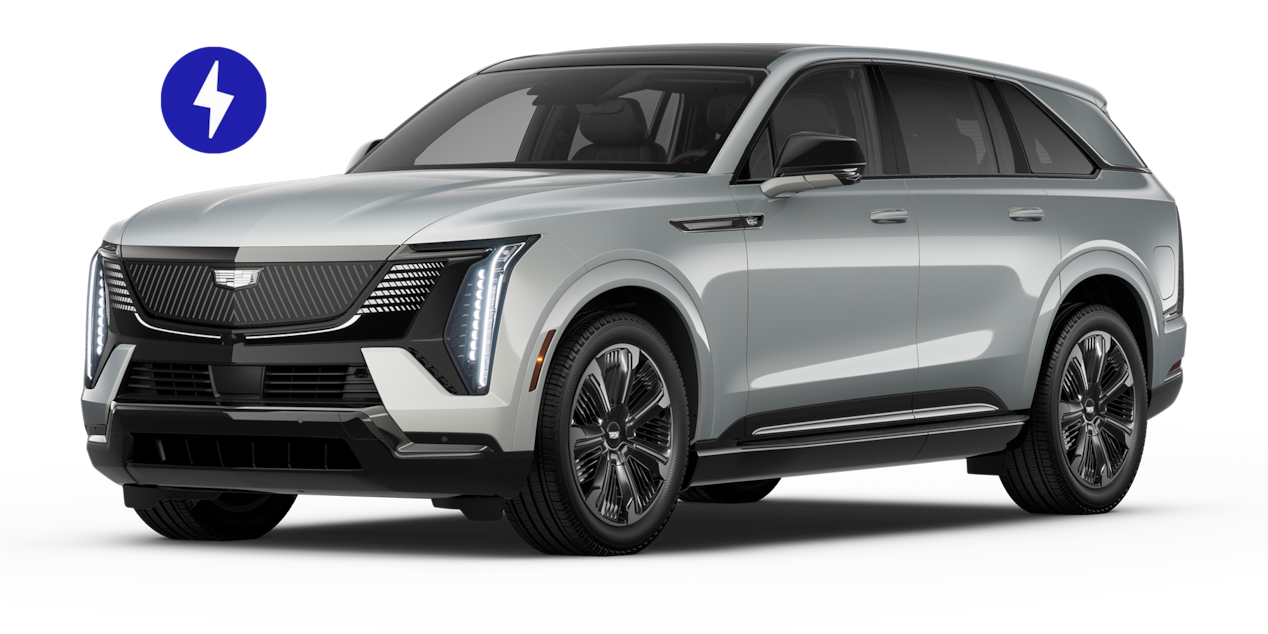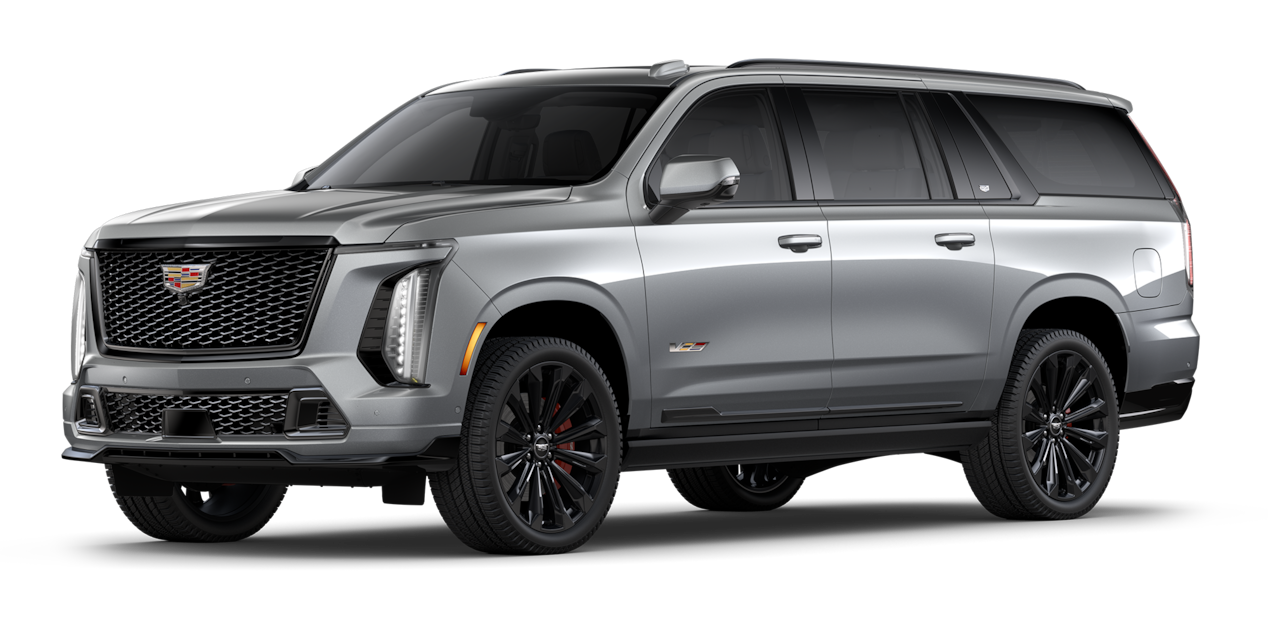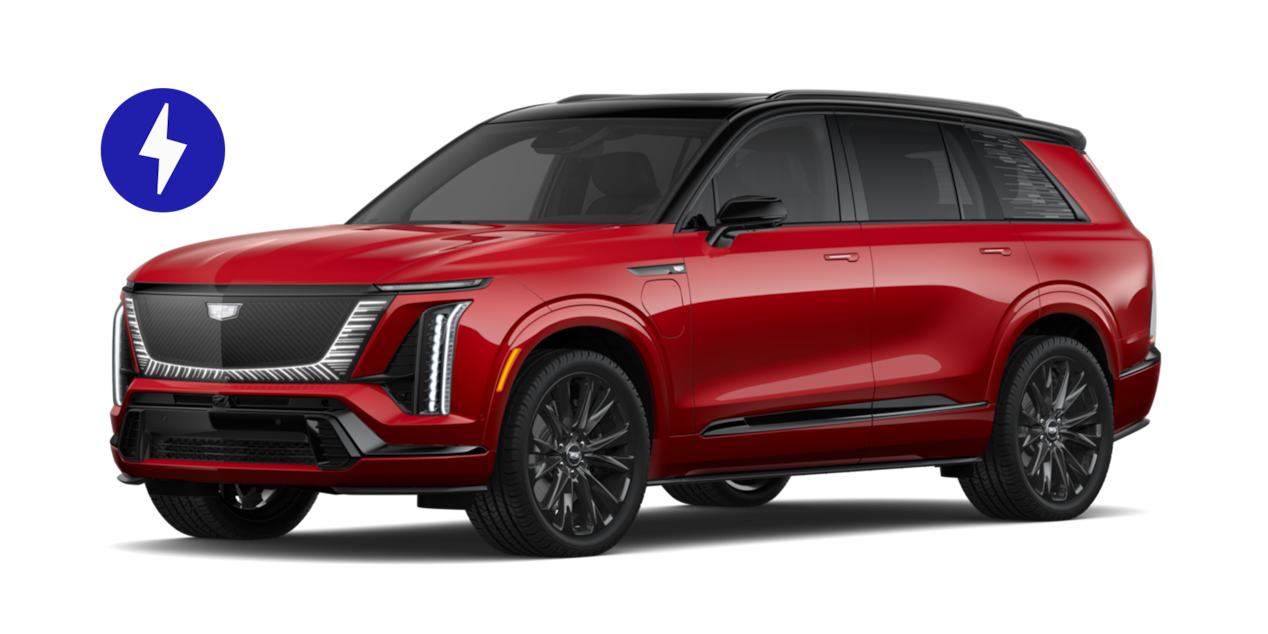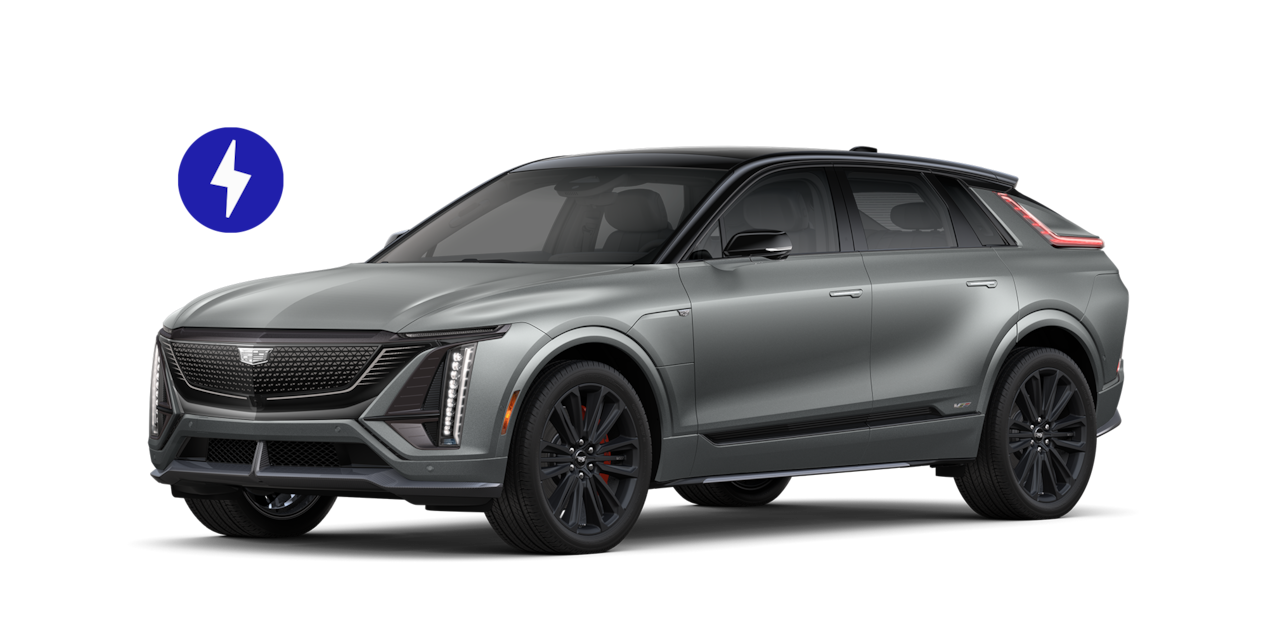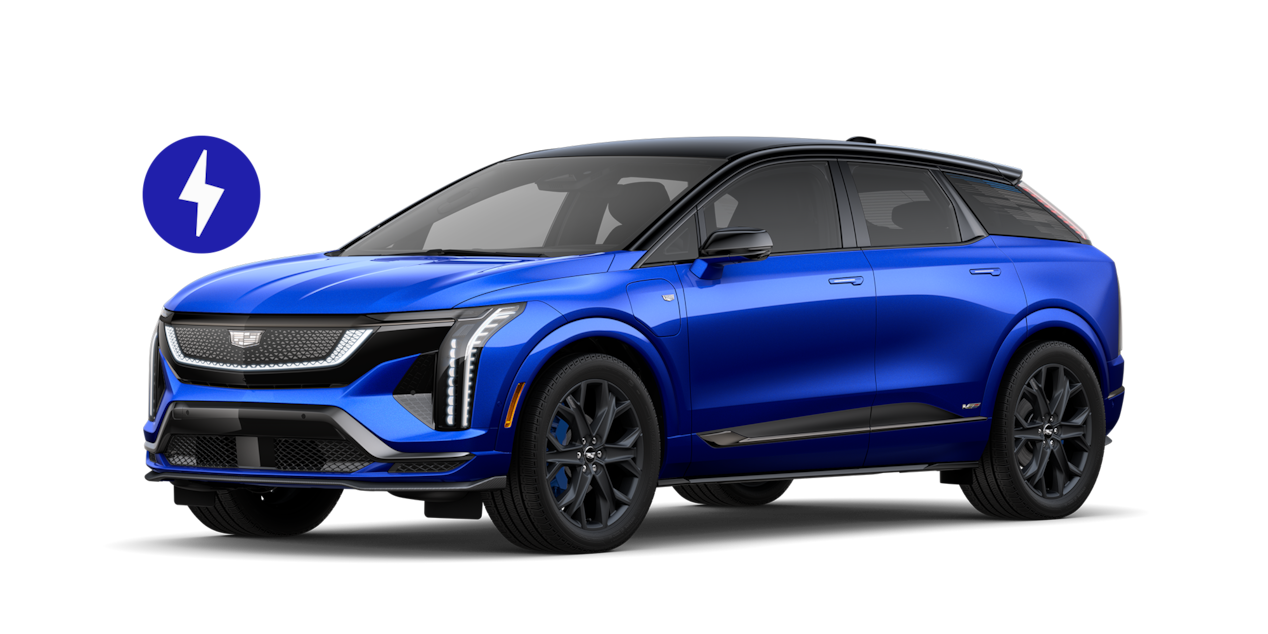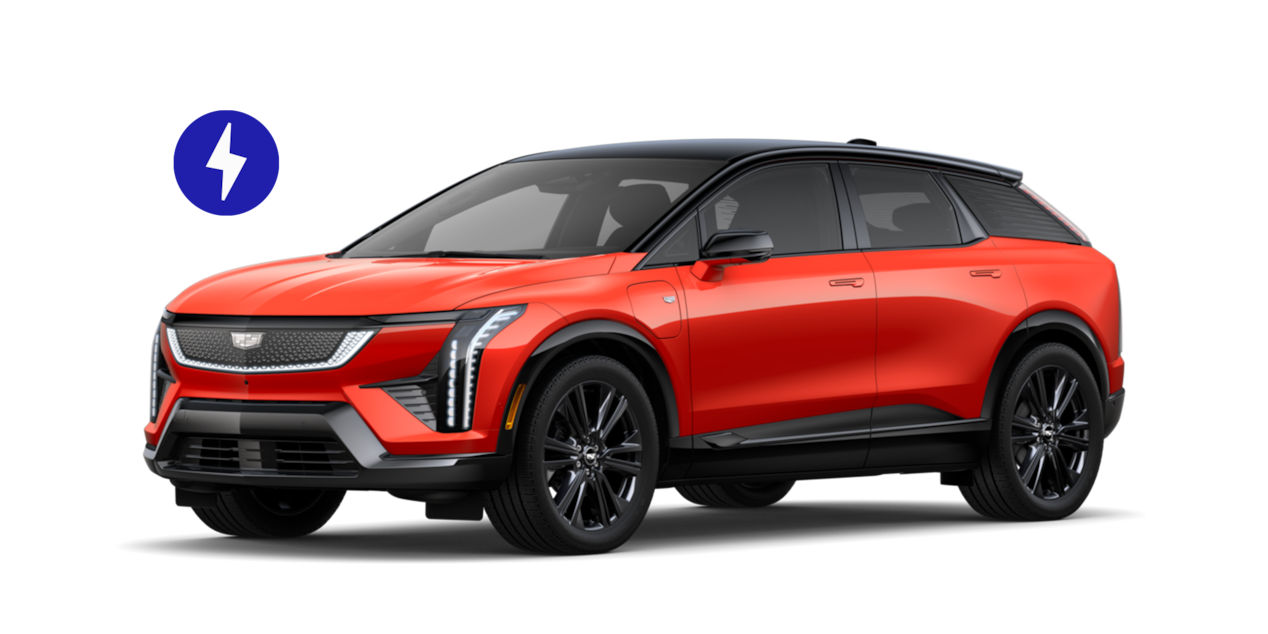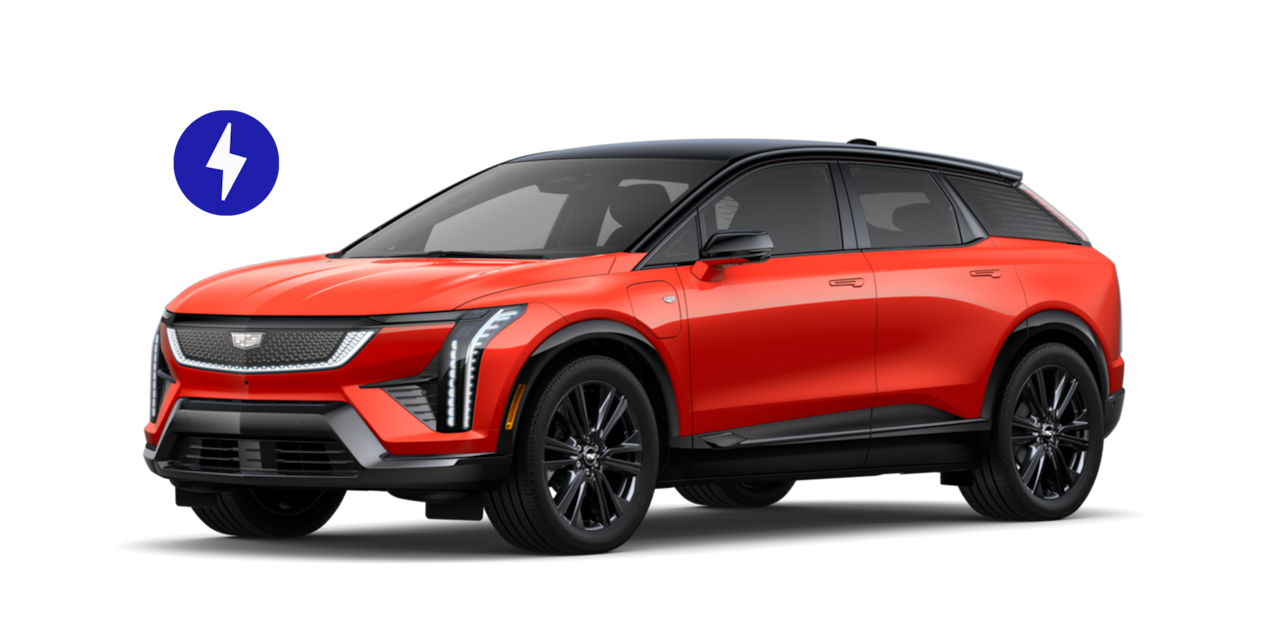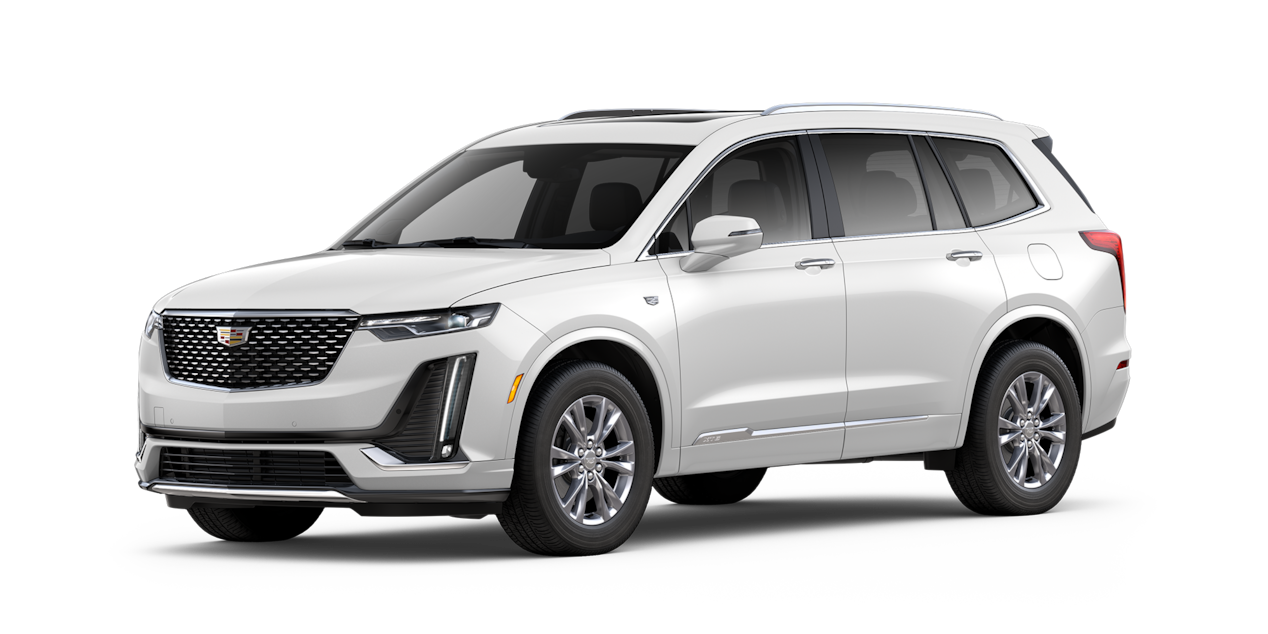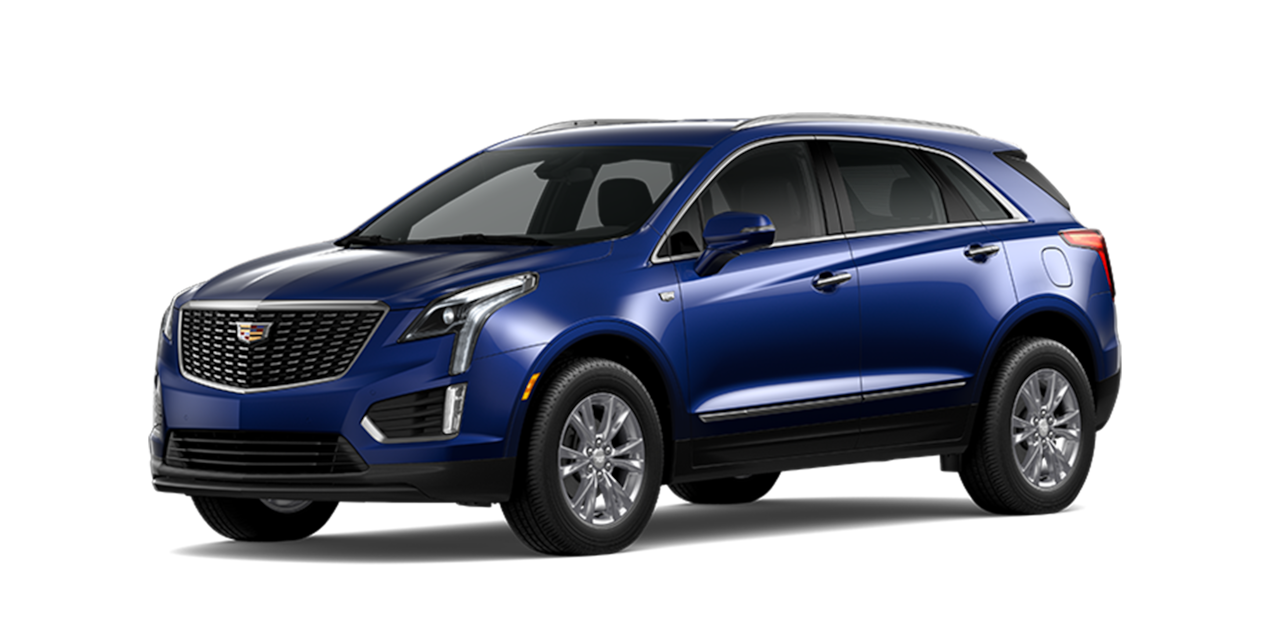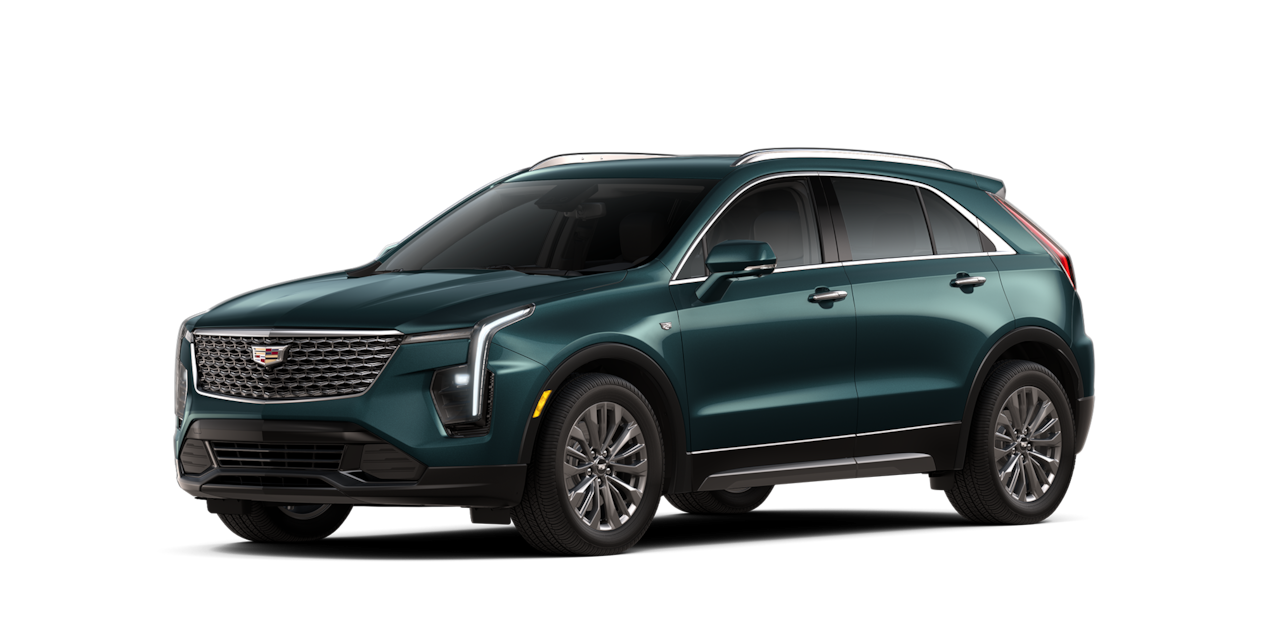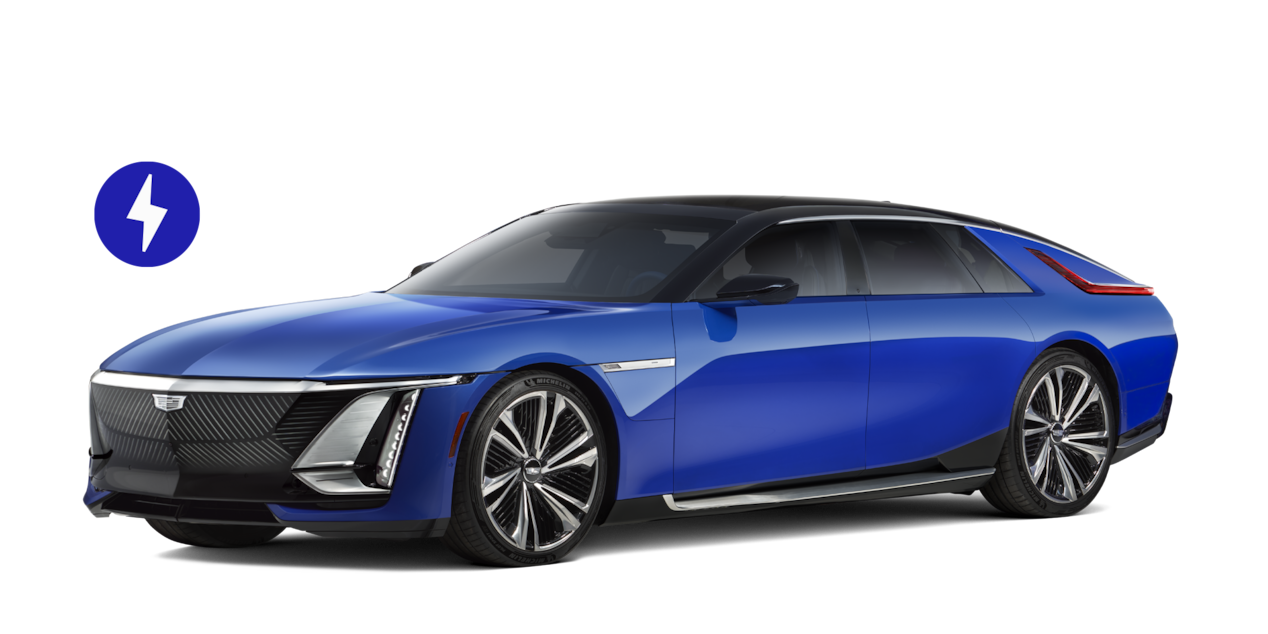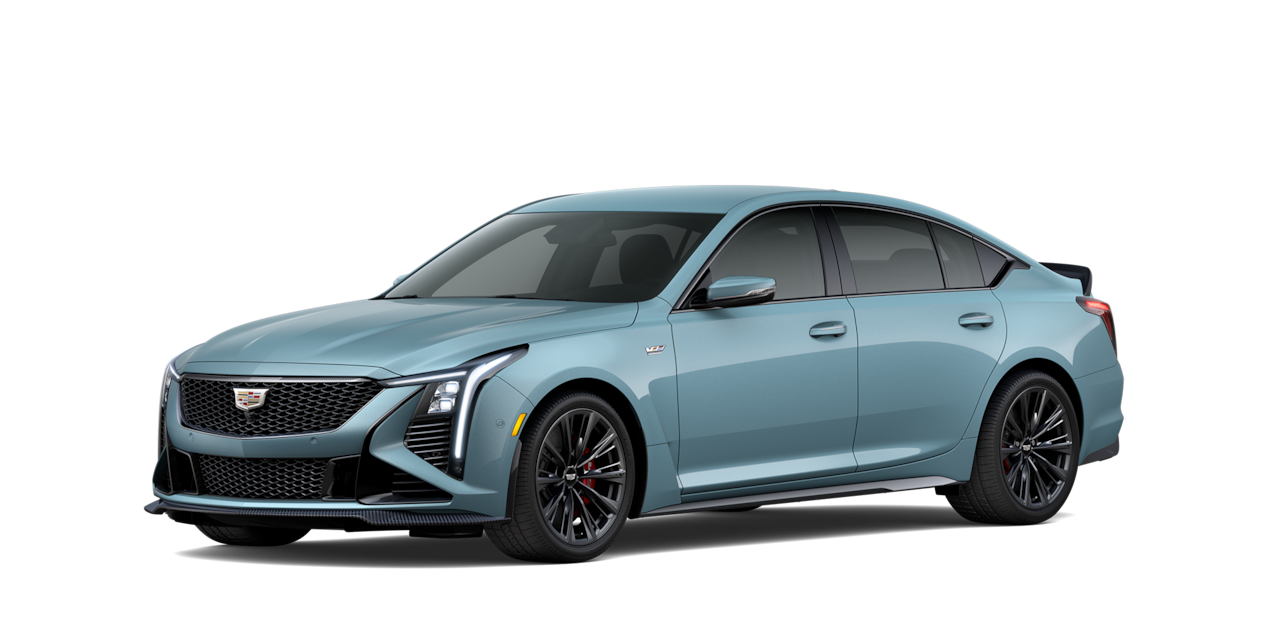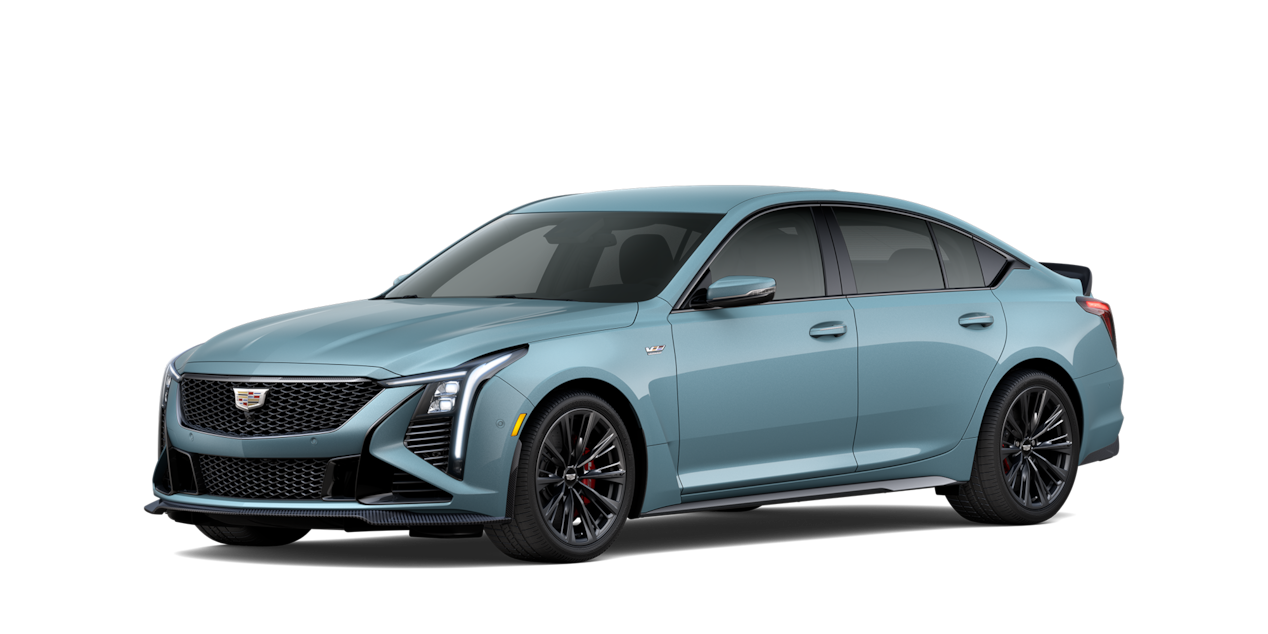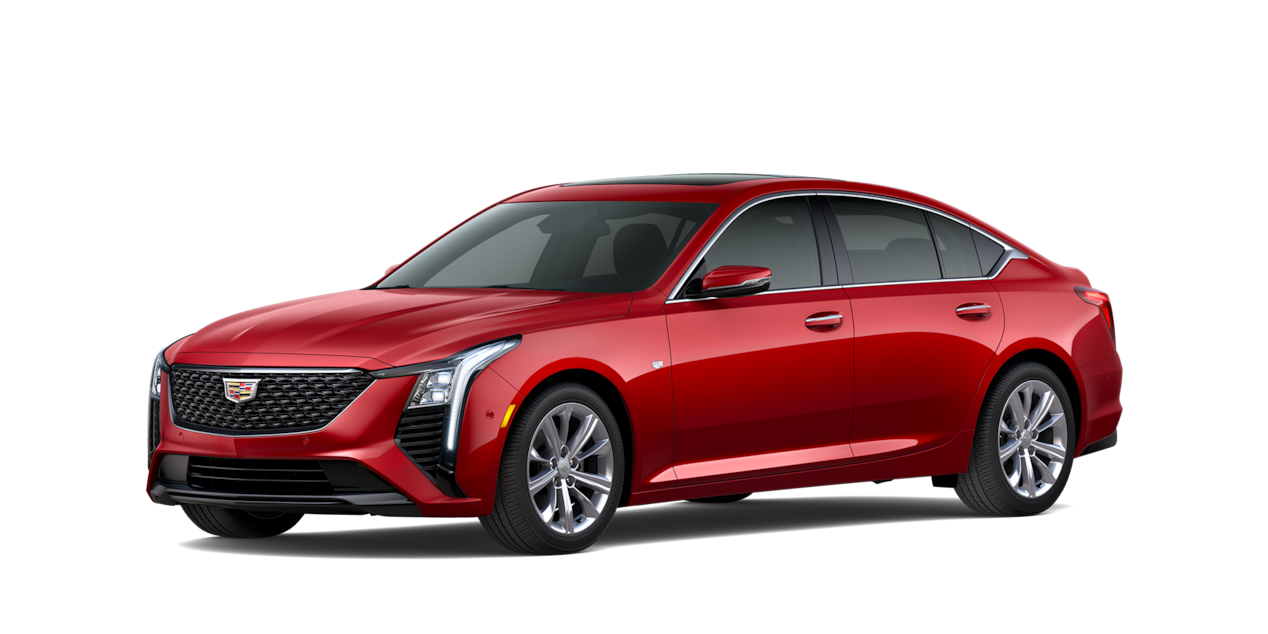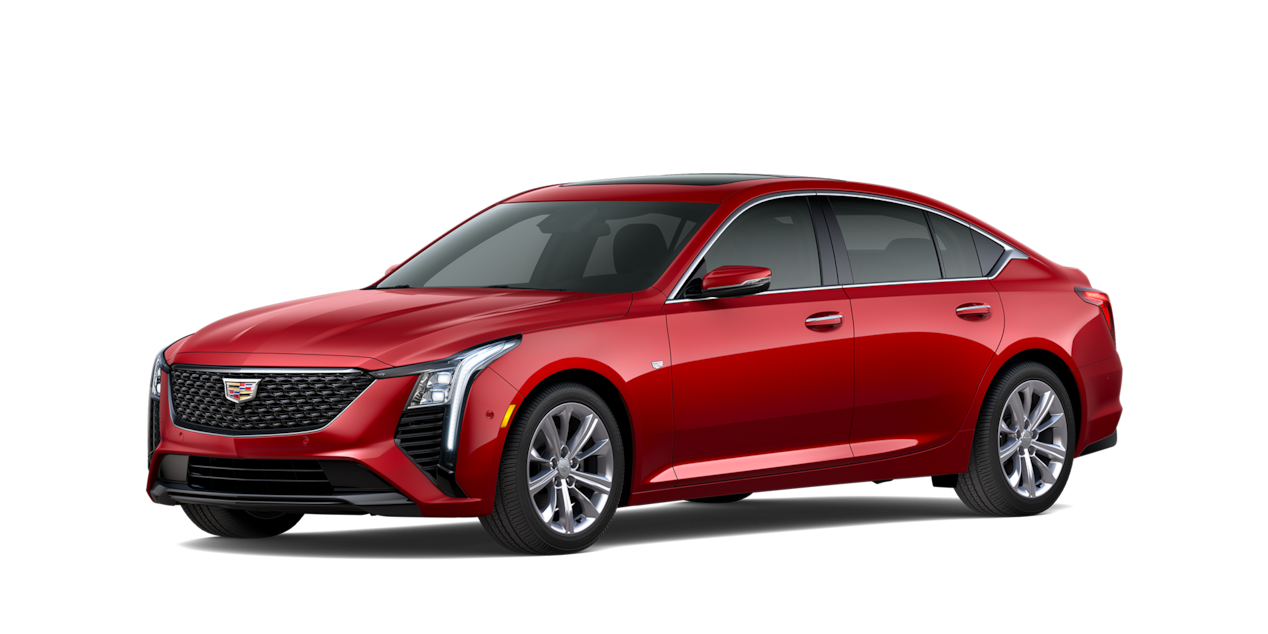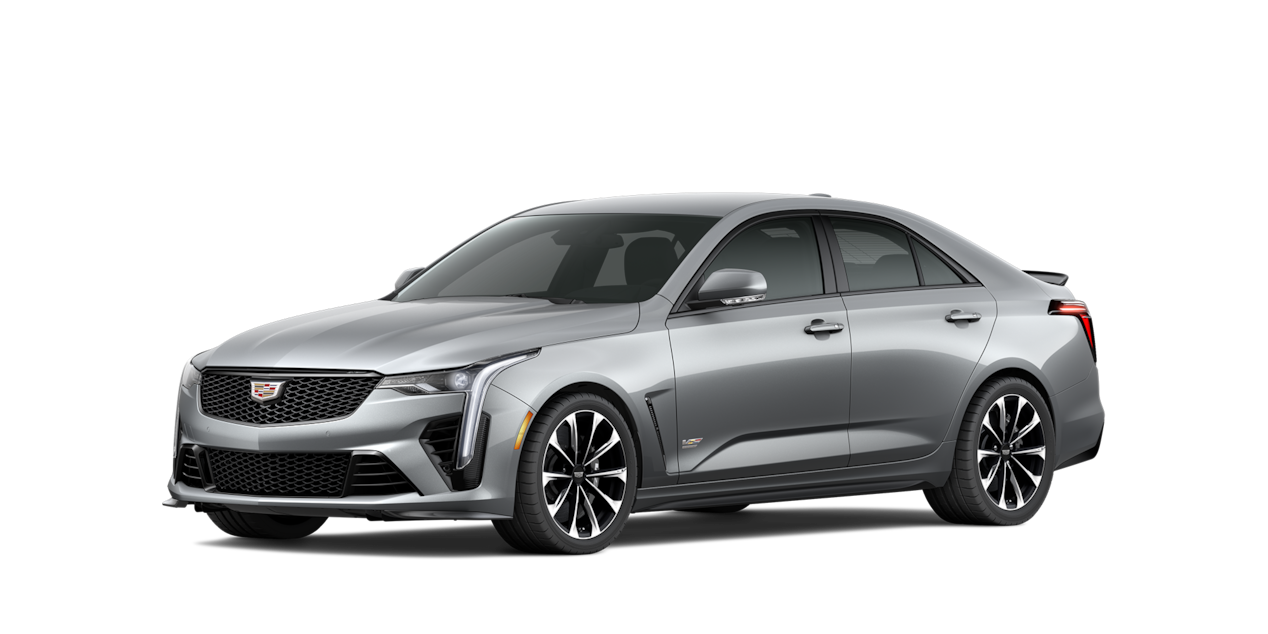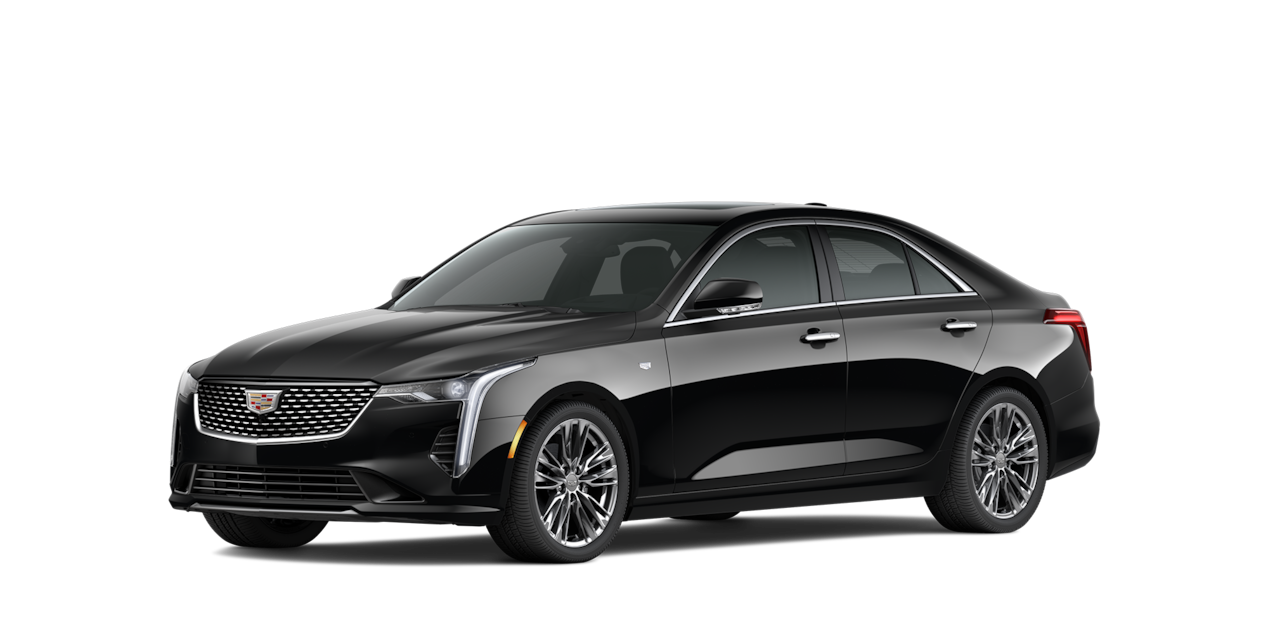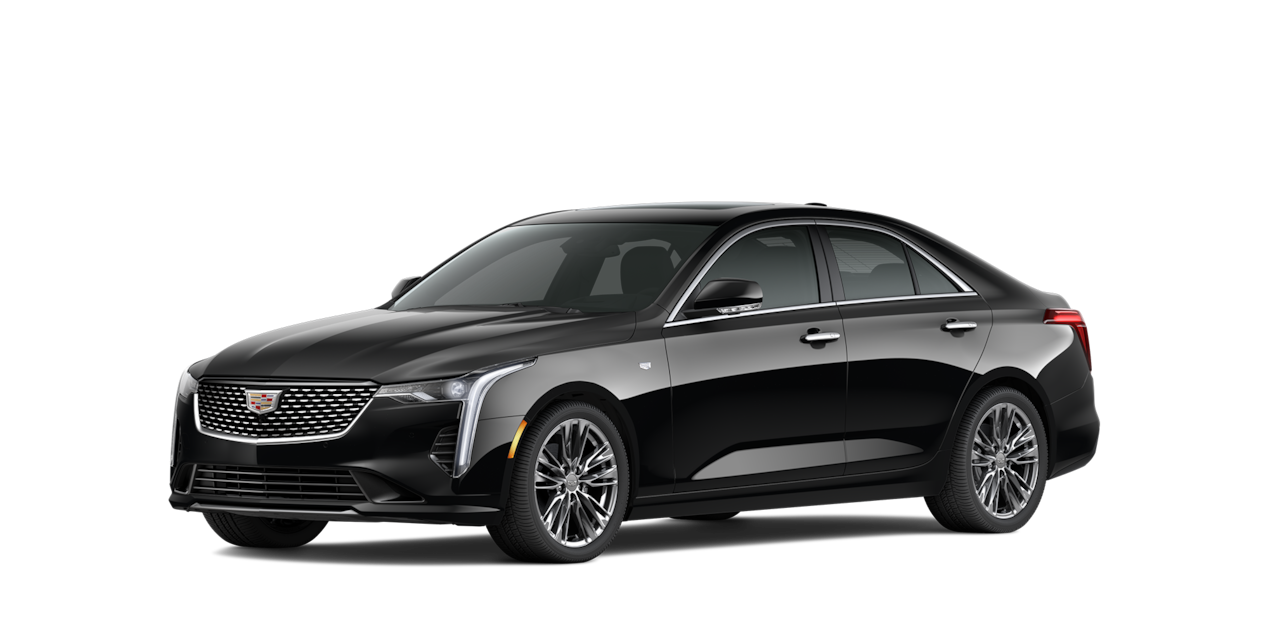ABOUT CHARGING YOUR ELECTRIC VEHICLE
You can charge your electric vehicle at home or at certain public places. There are different types (or levels) of charging, and your rate of charge will vary based on which one you
Types Of EV Charging
When charging your electric vehicle, power from the electrical grid will reach your vehicle through either alternating current (AC; Level 1 or Level 2)
- AC Charging:
- Level 1: Level 1
charging† can be done at almost any properly equipped standard 3-prong wall outlet (120v). This type of charging, typically done at home, will take the longest amount of time to fully charge your battery, so it’s best for “topping off” after short trips - Level 2: Level 2 charging is faster than Level 1. This type of charging requires a high-power, 4-prong wall outlet (240V; e.g., an appliance outlet), or you can have hardwired charging equipment professionally installed at home or in your preferred charging location. Public stations typically offer this capability.
- If your vehicle came with an available Dual Level Charge Cord, learn more about using it.
- Level 1: Level 1
- DC Fast Charging:
- DC Fast Charging: DC Fast
Charging† allows the fastest charging your vehicle can achieve. High-power DC Charge Stations are found in public locations. If you’re using a DC Fast Charging station, here are some other things to know.
- DC Fast Charging: DC Fast
Finding a Public Charging Station
Public charging stations are typically managed by a charge point operator. The charge point operator may charge you to use the station, either by session time or how many kilowatt-hours (kWh) used.
There are many features in the myCadillac mobile
Before charging:
1. Set your preferred charging settings in the Charging app on your infotainment display.
2. You can choose to either Charge Now or Charge Later. IMPORTANT: Your vehicle will remember the setting you choose and keep that setting, even if you turn your vehicle off and back on again.
3. Charge Now means your vehicle will begin charging immediately when you plug in.
a. You can set your target charge level — the percentage at which you would like the vehicle to stop charging — by dragging the gauge marker to your desired percentage or tapping the Up and Down arrows.
b. You can also set this preference by tilting the Rotary Controller in the direction of the Gauge until it is selected, then rotating the Controller to adjust the target charge level.
4. Charge Later means your vehicle will delay charge and then automatically begin charging later, so that the vehicle is ready at the time you select on this screen.
a. Swipe the Time Selector on the screen to adjust when you would like the vehicle to be ready.
b. Change the target charge level, if desired.
c. Toggle cabin preconditioning On or Off.
d. Enabling cabin preconditioning protects battery range by using energy from the charger (as opposed to drawing from the battery while driving) to condition your cabin.
Plugging in Your Vehicle
- Make sure your vehicle is in PARK to start charging.
- Beneath your vehicle’s charging point door, you’ll see one or two connection points, called inlets, depending on your vehicle’s charging capabilities.
- These inlets let you plug in a charging station’s cord or use the charge cord included with your vehicle to plug into an outlet.
- If your vehicle came with a Dual Level Charge Cord, learn more about using it.
- If your vehicle has DC Fast Charging capability, the bottom inlet will have a dust cover that should be removed or flipped down before plugging in.
IMPORTANT: Charging Confirmation Lights
- When you first plug your vehicle into the charger, you’ll see a blue light flash on your dashboard to confirm the vehicle has connected to the charger.
- After you see the blue light flash, you’ll see a blinking green light to confirm that your vehicle is charging. The slower the light flashes, the more your vehicle has charged. Once charging is complete, the light will stay solid green.
- If you see a blinking blue light on your dashboard, that means your vehicle has been set to delayed charging. It will begin charging at a later time based on your charging settings. Check the “Charge Later” or “Home Schedule” sections of the Charging App to figure out if you have delayed charging turned on.
Monitoring Your Energy and Charging Status
There are key ways to monitor your vehicle’s energy use and charging status:
- Your vehicle’s mobile app: Use your compatible smartphone to access simple energy and route planning tools. Learn more about your vehicle’s mobile app.
How to Stop Charging and Unplug
To stop charging, you can do the following:
- Use the charge station stop button (if it has one, not all stations will).
- In the charge station app, use the stop button on the infotainment screen (if it has one).
- Push the latch release button on the vehicle coupler.
- Locate the stop button on your vehicle’s center console touchscreen.
- Note: You do not have to wait for a charge to complete to stop charging your vehicle. To unplug the charge cord, press the latch release button located at the top of the vehicle coupler to interrupt charging and free the coupler for unplugging. If the charge cord cannot be unplugged from the vehicle, refer to your Owner’s Manual for instructions on how to proceed.
Maximizing Your EV Range
Your electric vehicle efficiency and subsequent range are influenced by various factors. Some of these factors can be within your control and are similar to the ways you would maximize the gas mileage of a gas-powered vehicle.
It’s important to note that EV range will vary based on outside temperature, terrain, load and driving technique. Here are some tips to help maximize your range:
- Preheat or precool the cabin while your vehicle is plugged in to reserve the battery energy for driving.
- Use heated/ventilated seats (if equipped) for cabin comfort instead of your climate controls when possible.
- Drive at lower speeds on the highway.
- Accelerate slowly. · Use One-Pedal
Driving† or Regen OnDemand.† - Ensure your tires are properly inflated and not excessively worn.
For your security, please don't include personal info such as phone number, address or credit card details.
RELATED LINKS AND RESOURCES
Q&As
LOOKING FOR SOMETHING ELSE?
NEED MORE HELP?
Communicate with one of our specialists.
To find out if your vehicle has this feature, contact your dealer or refer to your vehicle’s equipment list. Please check your Owner’s Manual for more information about features.



